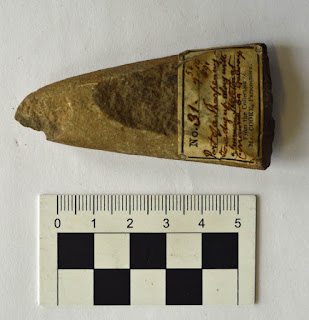Further new discoveries in the Knock Iveagh landscape

Knock Iveagh is a hill, near Rathfriland, Co. Down. It was chosen as the site of a prehistoric burial cairn around 4,000 BC and continued into later times as the inauguration place of the Magennis chiefs. It has long been known that the hill sits at the centre of a significant ceremonial and ritual landscape. However, it is only now becoming apparent that the area has been significantly under-studied and under-appreciated. I recently contributed a short note on the possible external ditch visible around part of Lisnacroppan Barrow to the south-west of Knock Iveagh [ here ]. At that time I noted that the aerial photographs that had been made available to me, although very beautiful, were not of much archaeological use as some fields had recently been cropped and there was no vegetation differential that would appear as cropmarks. The Friends of Knock Iveagh, undeterred, resolved to get a drone out and looking for further potential archaeological features as soon as possible. To b...

